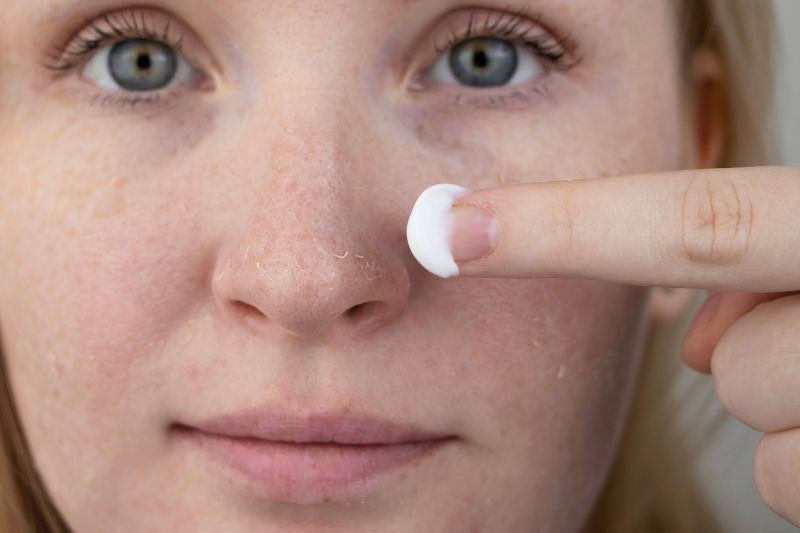Your skin might be trying to tell you something, but you could interpret your skin issue incorrectly. For instance, you may think dry and dehydrated skin are the same thing, but they are two different skin conditions. If you’re wondering what’s causing your undesirable skin symptoms, follow along to learn more about dry vs. dehydrated skin and determine what your skin is thirsty for. Your skincare routine should be unique to you and your skin.
Signs of Dry Skin
Dry skin is one of the primary skin types. If you have dry skin, your body doesn’t produce as much sebum—or natural oil—as other skin types. Because of this, your skin is not able to retain the proper amount of moisture. Some of the most common symptoms of dry skin include:
- Fragile skin
- Tightness
- Redness
- Flakiness
- Itchy or rough skin
Signs of Dehydrated Skin
While dry skin is an actual skin type characterized by a lack of natural oils, dehydrated skin is a temporary condition in which the skin lacks water. Skin dehydration is a result of lifestyle and environmental factors like not drinking enough water, excessive alcohol intake, smoking, dry climates, and more. A few signs of dehydrated skin include:
- Tightness, even after moisturizing
- Oily or shiny skin surface
- Redness
- Skin congestion
- Overall inflammation
How To Repair Each Condition
Repairing your skin looks different depending on the root cause of the issue. Therefore, dry and dehydrated skin call for various courses of action.
Dry Skin Repair
If you have dry skin, you may need to use oil-based products to supplement your skin’s natural oil. However, you should be sure to use non-comedogenic oils like jojoba, rosehip, etc., to avoid breakouts or clogged pores. If you’re unsure where to start, consider using an acne kit for dry skin to start building the best routine for your unique skin type.
Dehydrated Skin Repair
For dehydrated skin, drink plenty of water and limit alcohol intake. If you still struggle to help your skin retain water, consider adding a hyaluronic acid serum to your routine, as it may help your skin hold more hydration.
Learning more about dry vs. dehydrated skin is the best way to understand what your skin is thirsty for since these conditions can look very similar. Changing your daily routine is an effective way to combat different skin conditions—but remember, skincare products aren’t one-size-fits-all.

